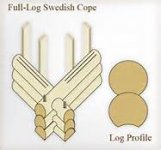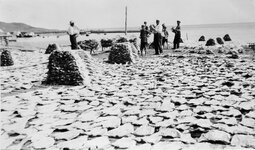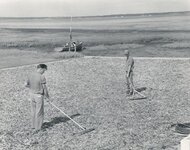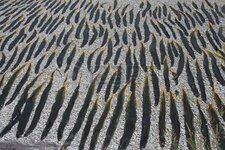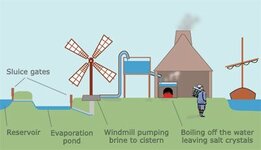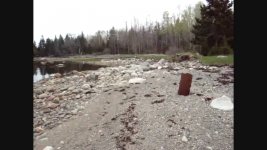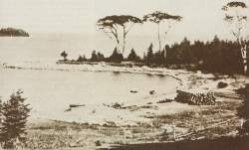gazzahk
Bronze Member
- Nov 14, 2015
- 1,714
- 2,573
- Primary Interest:
- All Treasure Hunting
- Thread starter
- #41
So does any member here have an opinion on Joys theory of soil liquidification

To me it seems pretty plausible. ie an earthquake cause the top of one of those large cavities underground to collapse. The vibration then cause the soil on top to start to fall into the cavity. The soil liquidification happens and seventy or so feet of soil fall into the cavity in the bedrock. This is replaced with water. When digging the pit they breach the side of this water source. There is the flood tunnel...
Here are some pics via google images that show examples of the process
https://www.google.co.th/search?q=s...ved=0ahUKEwj98JO3yPXRAhUKpo8KHdEgC2QQ_AUICCgB
This so far is the only plausible (non man made flood tunnel) argument I have seen to explain the water at 100 ft
Thoughts?
source: wikiSoil liquefaction describes a phenomenon whereby a saturated or partially saturated soil substantially loses strength and stiffness in response to an applied stress, usually earthquake shaking or other sudden change in stress condition, causing it to behave like a liquid.

To me it seems pretty plausible. ie an earthquake cause the top of one of those large cavities underground to collapse. The vibration then cause the soil on top to start to fall into the cavity. The soil liquidification happens and seventy or so feet of soil fall into the cavity in the bedrock. This is replaced with water. When digging the pit they breach the side of this water source. There is the flood tunnel...
Here are some pics via google images that show examples of the process
https://www.google.co.th/search?q=s...ved=0ahUKEwj98JO3yPXRAhUKpo8KHdEgC2QQ_AUICCgB
This so far is the only plausible (non man made flood tunnel) argument I have seen to explain the water at 100 ft
Thoughts?




